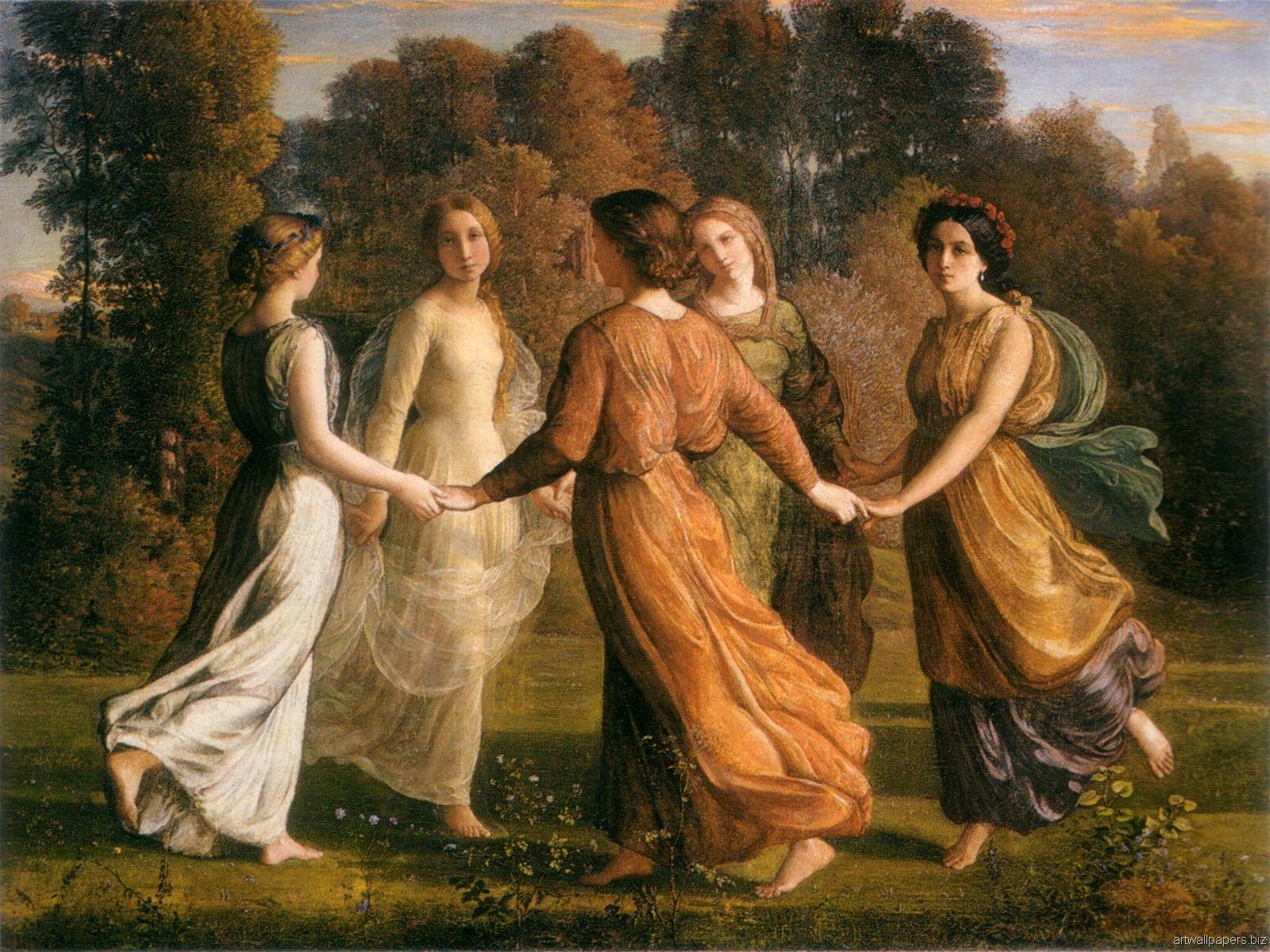Film illustration
Theatre has a long-standing relationship with societal commentary, and that hasn’t changed. Now, the focus frequently shifts towards contemporary social issues, and cultural representation has become a crucial part of modern productions pegahfar.com/casinos/unibet/. Theatrical pieces openly tackle subjects of restoration and change within societies, leveraging the intimate connection between actors and spectators to prompt reflection and dialogue.
Raphael’s Transfiguration ends my exhibit with its dynamic, energetic portrayal of drama through form. Unlike the other pieces, The Transfiguration does not contain the same lighting structure that generates this notion of a stage in the literal sense, but rather utilizes the same color technique to imply an expansive, unusual depth. The figures’ determined, desperate movements force the energy of the piece seemingly outwards into 3-dimensional space, echoing the movements of the Christ figure. The piece portrays the climactic instance of the Gospels; the Transfigured Christ appearing with Biblical figures from the heavens represents a victorious triumph over the evil of sin and death itself. In a sense, this piece is a Biblical curtain call to the stage production of the Gospels; the key players emerge at the absolute height of their emotional involvement. Raphael’s decision to include the scene of the demon-possessed boy heightens the triumphant rise of Christ; mankind cannot perform the miraculous without the presence of the Savior. This piece serves as both the climax and resolution to the exhibit as a whole, providing a resolution through a stage-like use of character drama, even within a 2-dimensional representation.
Johann Zoffany, R.A. (Frankfurt 1733-1810 London), Garrick with Burton and Palmer in ‘The Alchymist’. Oil on canvas. 41⅞ x 40⅛ in (106.5 x 101.9 cm). Sold for £1,042,500 on 8 July 2021 at Christie’s in London
Zoffany was one of a plethora of foreigners who flocked to London in the 18th century. Three others — all of them important figures from Italy — are connected to a second canvas (below) being offered in the same sale.
Everyone can recognize the look of the theater stage. The lighting is dynamic with sharp contrast, the figures are starkly illuminated, and almost everything is exaggerated in some way, whether in costume or in gesture or both. The theatre carries a wonderful notion of story-telling and imagination with it that creates a framework for imagination. The dark curtains and raised platforms of the stage create the illusion that scenes that play before the viewer are in fact real, and that the audience is merely intruding on a story that would have happened regardless of whether or not they were listening in. This, to me, is the essence of the stage. In a sense, nearly all artistic arrangements of figures within a piece draw from the same principles that make up the ways in which a director would position actors within a scene. Paintings of interactions between people can be created to have an almost cinematic feel, drawing from that same notion that what is happening within the image would happen by itself, regardless of whether or not the viewer was there to see it. These images aren’t static; the events depicted are motion-oriented, and the viewer is almost always left wondering what might happen next within the scene. These works in particular create their own “stages”, where some of the details of the locale are shrouded through tenebrism or infinite space, placing more importance on the figures and their implied actions. This gallery is a collection of Renaissance and Baroque paintings that depict events happening within their own stages, alluding to the idea of being in theater.
Classic artwork
Eugene Delacroix created this iconic allegory of revolution shortly after the July 1830 uprising toppled Charles X, elevating the ‘citizen king’ Louis-Philippe to power instead of re-instating Napoleon’s nephew. “Liberty” leads revolutionaries striding over the fallen while brandishing the Tricolore flag, bare-breasted like the Goddess of Reason.
Frederic Leighton was a genius academic painter who was part of the Aestheticism movement. Aestheticism is centered on the doctrine that art exists for its beauty alone and doesn’t need to serve any political, didactic, or other purposes.

Eugene Delacroix created this iconic allegory of revolution shortly after the July 1830 uprising toppled Charles X, elevating the ‘citizen king’ Louis-Philippe to power instead of re-instating Napoleon’s nephew. “Liberty” leads revolutionaries striding over the fallen while brandishing the Tricolore flag, bare-breasted like the Goddess of Reason.
Frederic Leighton was a genius academic painter who was part of the Aestheticism movement. Aestheticism is centered on the doctrine that art exists for its beauty alone and doesn’t need to serve any political, didactic, or other purposes.
Michelangelo brings vigorous energy and anatomical precision to this scene, exemplifying his mastery as both a sculptor and painter during the High Renaissance era. The iconic image of God and Adam’s outstretched hands has become the quintessential symbol of mankind’s divine creation. More than a magnificent fresco, the painting stands as a transcendent masterpiece blending Renaissance humanism and the timeless wonder of Biblical genesis.
It leaves open the question of what mix of talent, genius and circumstance leads to the creation of a masterpiece. Perhaps the simplest answer is that you know one when you see one, whatever part of the world it’s being held in. We, of course, have our opinion of what makes the grade, and we present them here, in our list of the best paintings of all time. Argue amongst yourselves.
Original art
A redirection has been made from YourArt to ArtMajeur, as the two platforms have merged. All content, artworks, and artist spaces are now available here. You can continue browsing on ArtMajeur, the largest online art platform in the world.
At Singulart, we believe every space deserves art as unique as the people who inhabit it. As the leading online art gallery, we make it easy and joyful to buy art online or sell art online —connecting a global community of art collectors and contemporary artists.
ArtPal is an online art gallery to buy art & sell art, where you’ll discover an incredible collection of paintings, photography, drawings & illustrations, digital art & AI, mixed media works, original art and art prints. From new artists to renowned artists, you’ll experience a huge gallery with an extensive array of paintings & artworks for sale, while also being easy to browse, search, and purchase. Explore art spanning various periods and styles, including modern art, contemporary art, pop art, abstract art, and much more.

A redirection has been made from YourArt to ArtMajeur, as the two platforms have merged. All content, artworks, and artist spaces are now available here. You can continue browsing on ArtMajeur, the largest online art platform in the world.
At Singulart, we believe every space deserves art as unique as the people who inhabit it. As the leading online art gallery, we make it easy and joyful to buy art online or sell art online —connecting a global community of art collectors and contemporary artists.
ArtPal is an online art gallery to buy art & sell art, where you’ll discover an incredible collection of paintings, photography, drawings & illustrations, digital art & AI, mixed media works, original art and art prints. From new artists to renowned artists, you’ll experience a huge gallery with an extensive array of paintings & artworks for sale, while also being easy to browse, search, and purchase. Explore art spanning various periods and styles, including modern art, contemporary art, pop art, abstract art, and much more.




